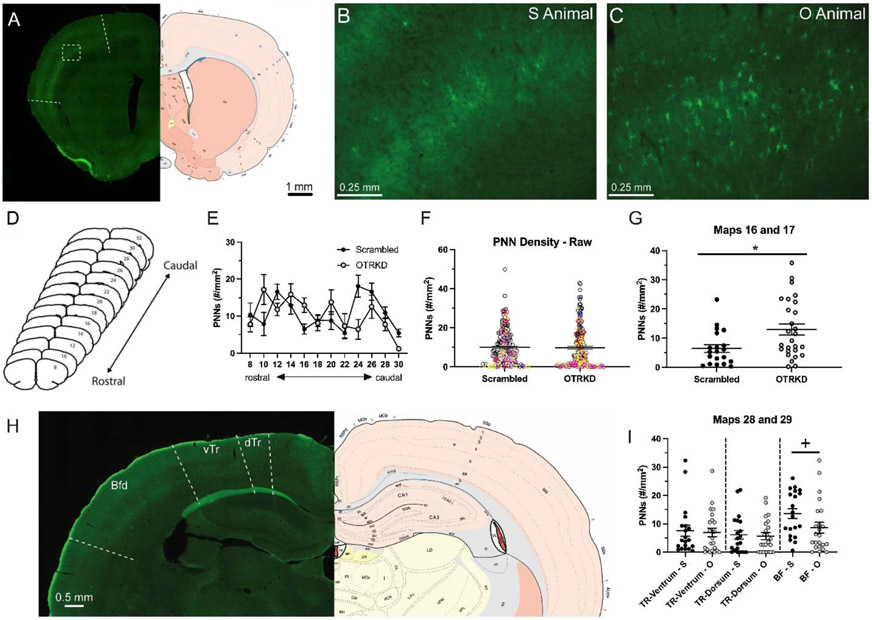Figure 4. Effects of oxytocin receptor knockdown in the dorsal raphe on perineuronal nets in the primary somatosensory cortex.
Representative photomicrographs (A, B, C, H) and brain atlas plates (A, H) showing perineuronal net (PNN) expression in the primary somatosensory cortex (S1) of scrambled-vector treated (Scrambled) and shRNA-vector treated (OTRKD) mothers. Rostrocaudal extent of the S1 (D) and PNN density by map (E) in Scrambled and OTRKD mothers. (F) Statistical analysis of averaged PNN densities of combined rostral-caudal data revealed no significant difference between scrambled-vector treated and shRNA-vector treated mothers. Note: Each dot represents PNN density of one brain hemisphere, different colors represent different animals. PNN density from maps #16 and 17 (G) of the S1 in Scrambled and OTRKD mothers. PNN density in the ventrum (TR-Ventrum), dorsum (TR-Dorsum), and barrel field (BF) from maps #28 and 29 (H) of the S1 in Scrambled (S) and OTRKD (O) mothers. All data are presented as Mean ± SEM. * indicates significant difference between groups, p < 0.05. + indicates a trend, p < 0.01.

